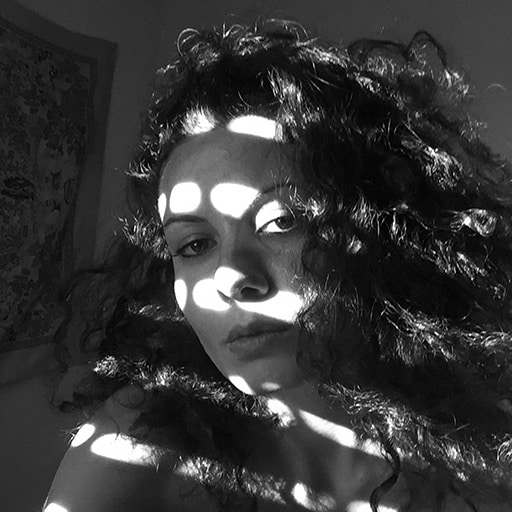The field of photography is a busy world in fast evolution, and its unwritten rules might not be intuitive if you’re trying to decipher them from outside. Whether you’re interested in shooting documentary work, fashion, food or weddings, you need so...




